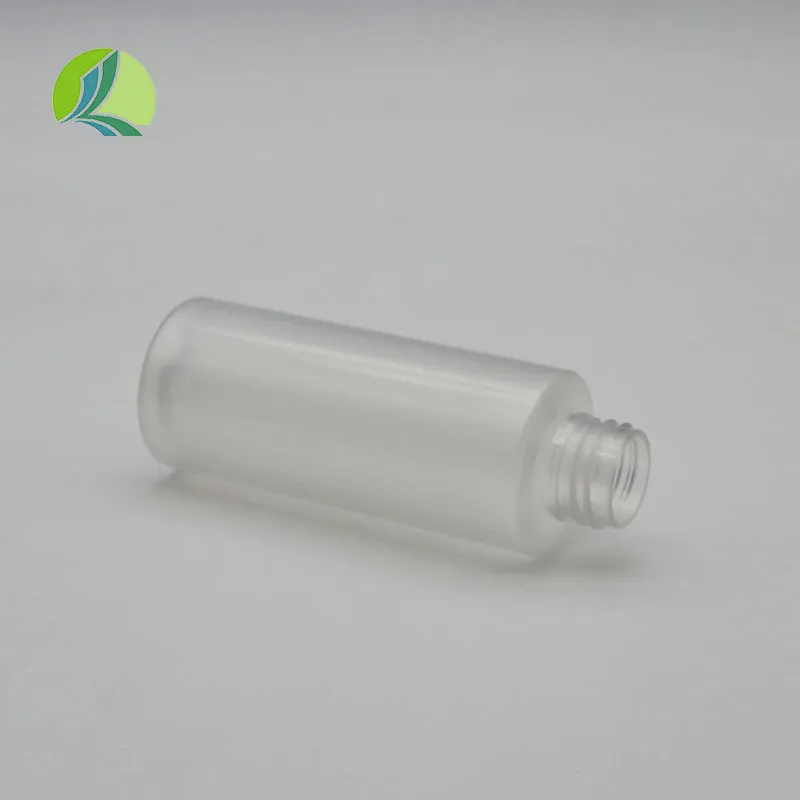Exploring the Essentials of Medication Containers for Safe Storage and Use
The Enduring Legacy of the Medicine Bottle
In the vast landscape of medical history, few objects have played as pivotal a role as the humble medicine bottle. Often overlooked and underestimated, this small glass or plastic container has been a crucial tool in the delivery of healthcare for centuries. Its evolution reflects not only advancements in medicine but also shifts in societal attitudes towards health, hygiene, and the pharmaceutical industry.
The origins of medicine bottles can be traced back to ancient civilizations, where remedies were stored in clay pots or animal bladders. As societies advanced, the use of glass became prevalent, allowing for better preservation of tinctures and potions. This transition was significant; glass, being non-reactive and impermeable, offered a more stable environment for the delicate compounds within. The color of the glass also mattered; amber and cobalt blue bottles were preferred as they protected light-sensitive medicines from degradation.
The Enduring Legacy of the Medicine Bottle
With the advent of modern pharmaceuticals in the 20th century, the medicine bottle adapted to meet new demands. Safety became paramount; the development of child-resistant closures in the 1970s was a significant milestone, aimed at preventing accidental poisonings. This shift evidenced a broader understanding of public health and the responsibilities that come with medication distribution. Moreover, the design of medicine bottles evolved with the introduction of convenient pouring spouts and squeezable materials, enhancing the ease of use for patients.
med bottle

In recent years, the digital age has introduced a new chapter in the life of the medicine bottle. Smart technology has begun to integrate with traditional packaging, offering features such as dosage reminders, tracking, and even interaction with mobile applications. These innovations aim to improve adherence to medication regimens, reducing the burden on healthcare systems and enhancing patient outcomes.
Despite these advancements, the fundamental purpose of the medicine bottle remains unchanged to keep medicines safe and accessible. It serves as the bridge between the complex world of pharmaceuticals and the patient, a tangible reminder of the advances made in medicine, but also a guardian of health.
Looking forward, the future of medicine bottles will likely involve a combination of sustainability and technology. As environmental consciousness rises, there is a growing demand for eco-friendly packaging solutions. Manufacturers are now exploring biodegradable materials and refill mechanisms to reduce waste.
In conclusion, the medicine bottle may seem like a mere container, but it encapsulates a rich history of innovation and adaptation. From ancient clay pots to high-tech solutions, the medicine bottle continues to hold a critical place in healthcare, reminding us of our ongoing journey toward better health and well-being. Its legacy is not just in the medicines it holds but in its role as a facilitator of healing across generations.
-
Aesthetic Makeup Spray Bottles | Fine Mist Empty RefillableNewsAug.19,2025
-
White Plastic Veterinary Vaccine Vials | Lab Liquid BottlesNewsAug.18,2025
-
Plastic Medicine Liquid Bottle: Secure Flip Top Drug VialsNewsAug.17,2025
-
Durable 250ml Blue Plastic Vaccine Vial for Lab & Vet UseNewsAug.16,2025
-
Sterile Virus Sample Tubes: Secure & Reliable Specimen CollectionNewsAug.15,2025
-
White 250ml Plastic Vaccine Vial for Lab & Vet MedicineNewsAug.14,2025
























